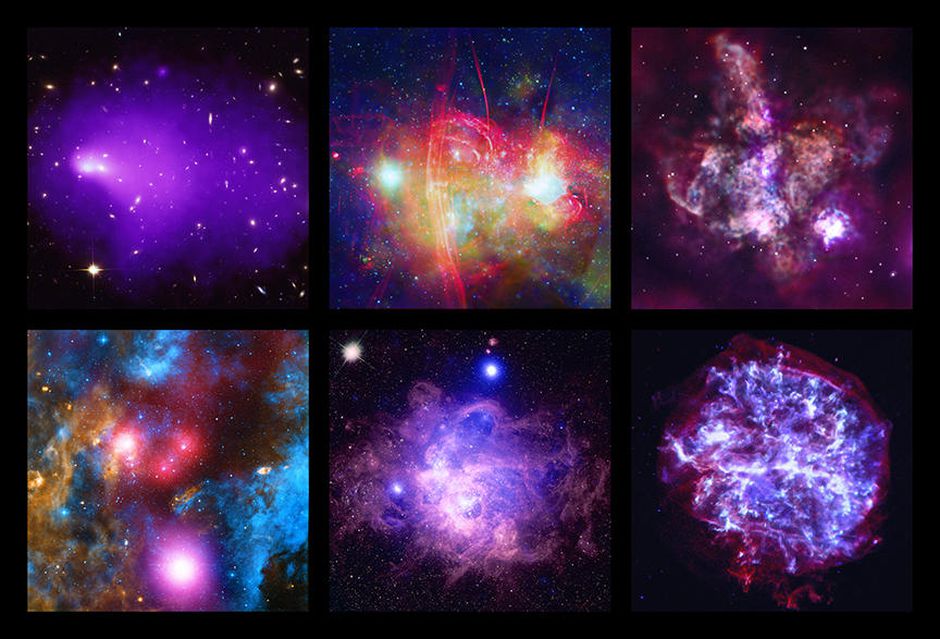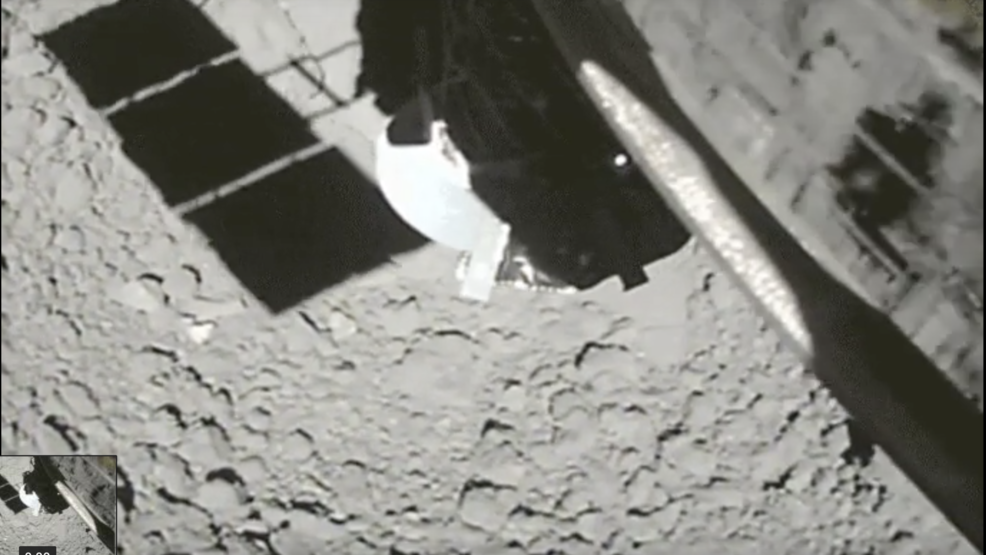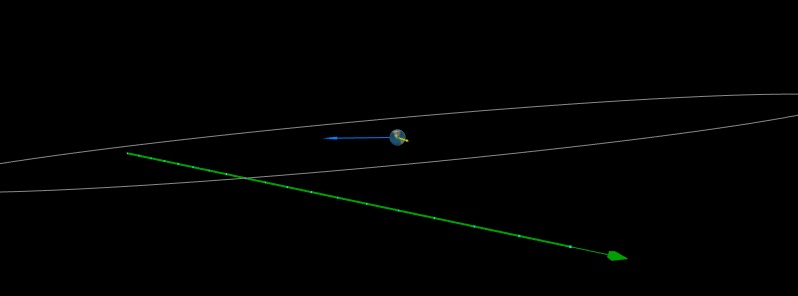Space Lynx
Astronaut
- Joined
- Oct 17, 2014
- Messages
- 18,397 (4.68/day)
- Location
- Kepler-186f
| Processor | 7800X3D -25 all core |
|---|---|
| Motherboard | B650 Steel Legend |
| Cooling | RZ620 (White/Silver) |
| Memory | 32gb ddr5 (2x16) cl 30 6000 |
| Video Card(s) | Merc 310 7900 XT @3200 core -.75v |
| Display(s) | Agon QHD 27" QD-OLED Glossy 240hz |
| Case | NZXT H710 (Black/Red) |
| Power Supply | Corsair RM850x |
since @Drone is getting lazy these days. thought I'd share instead. hehehehe 

 www.sfgate.com
www.sfgate.com


NASA releases magnificent new images of the Milky Way
It's the Chandra X-ray Observatory's 20th anniversary, and NASA is celebrating in...


























